
WELCOME TO SHIPSPOTTING.COM
BUGSIER 21 - IMO 9214989
Photo
details
Description:
Work in progress / Brunsbüttel
Vessel
particulars
Former name(s):
- Fairplay Isleta (Until 2023 Mar)
- Bugsier 21 (Until 2022 Jul)
AIS Position
of this ship

Photo
Categories
This ship exists in the following categories:
Shipping - 3 photos
Tugs - 183 photos
Ships under Repair or Conversion - 2 photos
Tugs with Tow - 1 photos
Photographers
of this ship
(68)
1 photos
3 photos
1 photos
3 photos
2 photos
1 photos
2 photos
1 photos
4 photos
2 photos
3 photos
2 photos
5 photos
1 photos
1 photos
5 photos
2 photos
1 photos
4 photos
4 photos
3 photos
5 photos
1 photos
5 photos
7 photos
5 photos
2 photos
2 photos
10 photos
1 photos
1 photos
3 photos
1 photos
1 photos
2 photos
4 photos
6 photos
1 photos
4 photos
4 photos
2 photos
2 photos
2 photos
3 photos
1 photos
1 photos
4 photos
2 photos
1 photos
1 photos
1 photos
2 photos
16 photos
5 photos
2 photos
1 photos
3 photos
1 photos
1 photos
2 photos
3 photos
4 photos
1 photos
4 photos
2 photos
1 photos
1 photos
4 photos
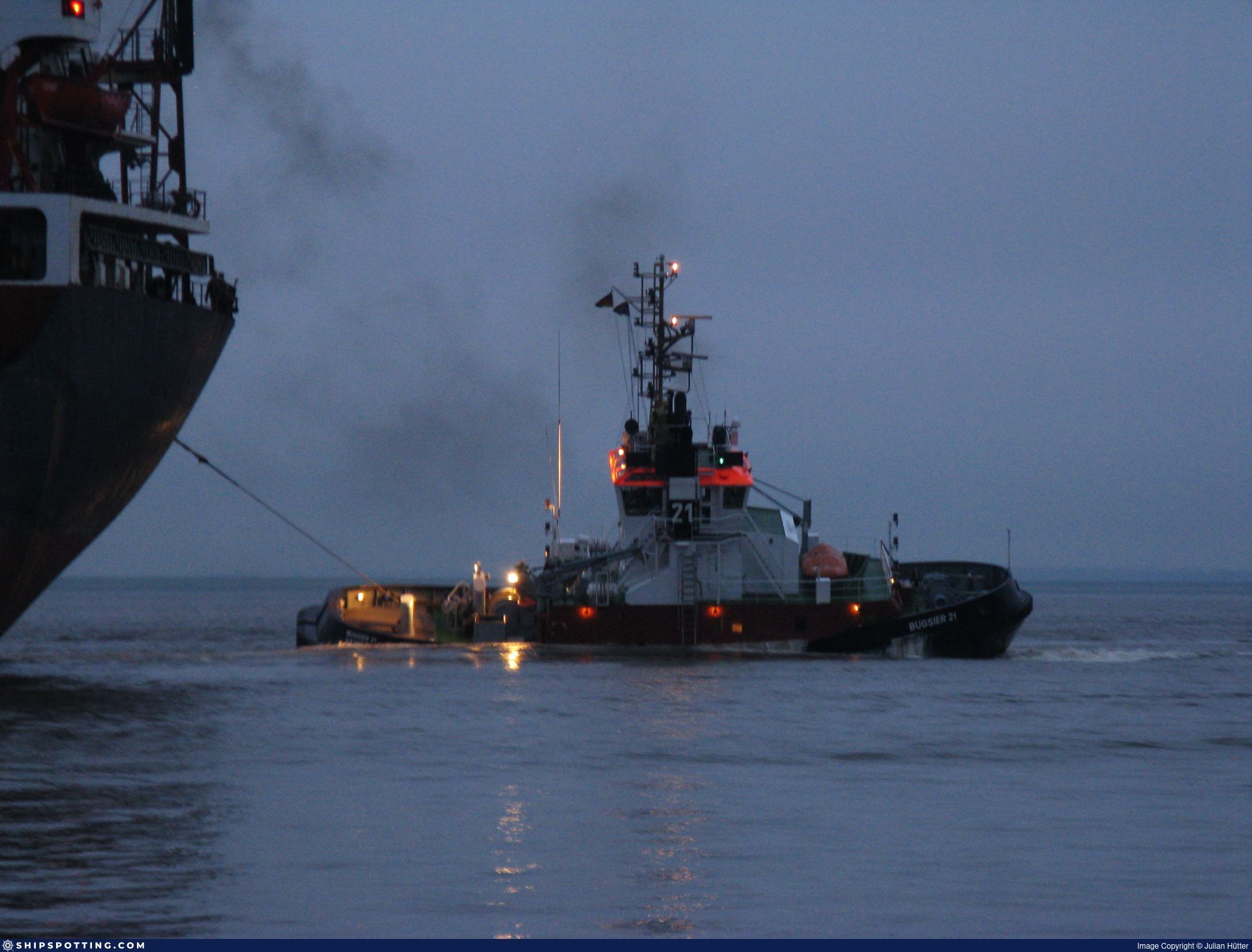

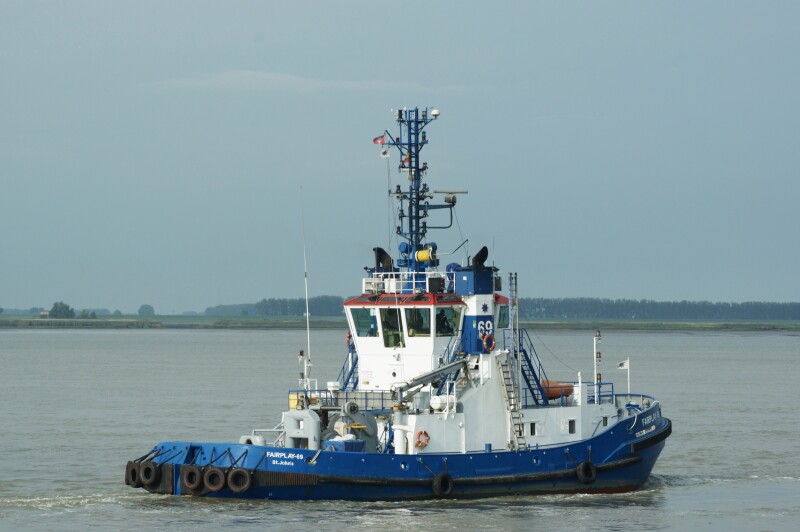
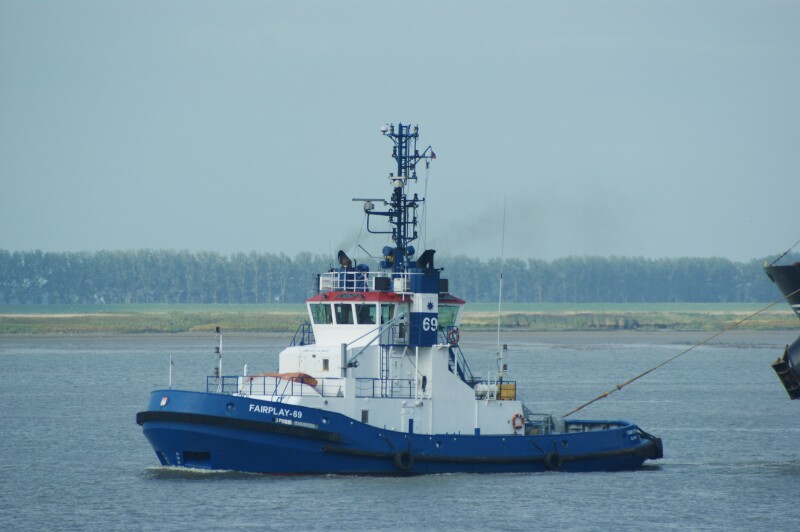
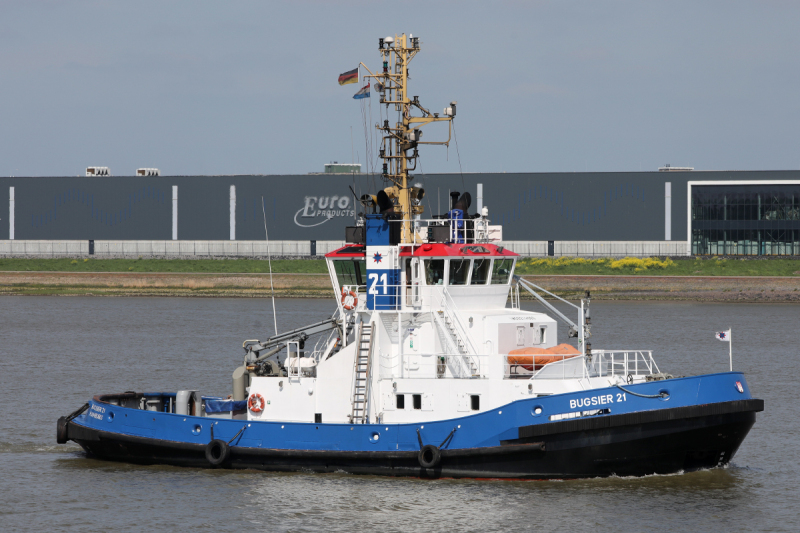
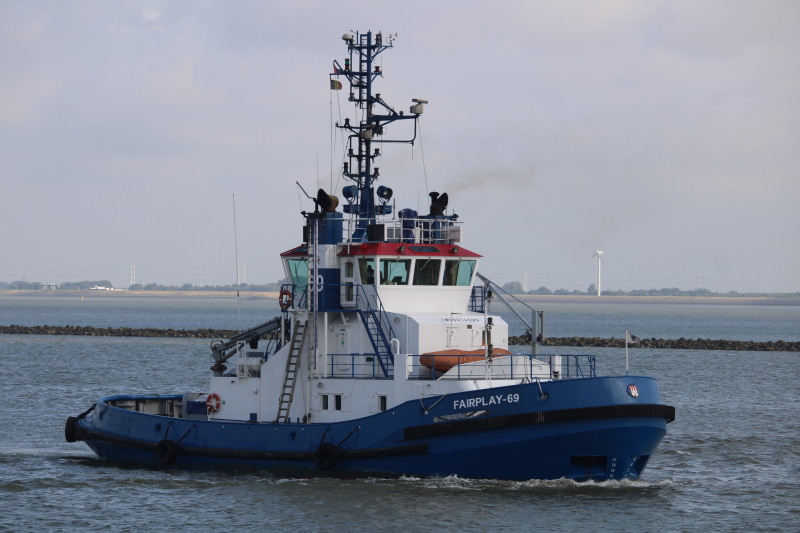
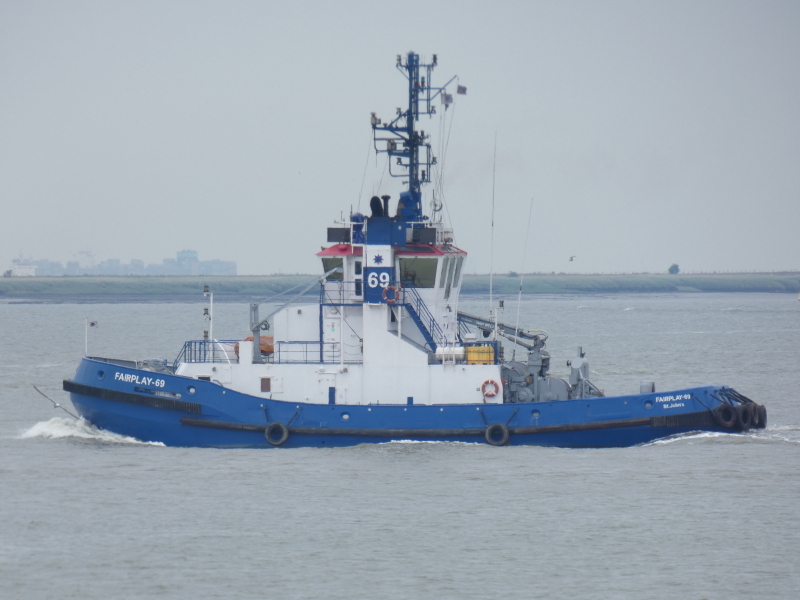
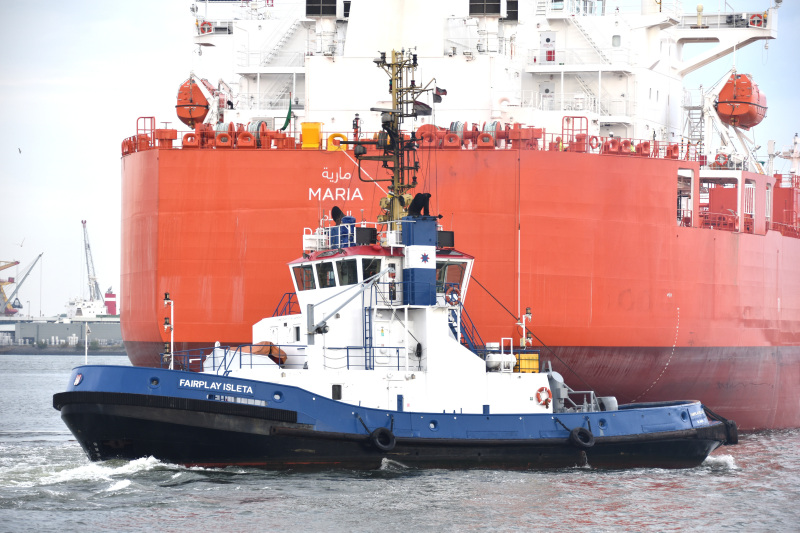
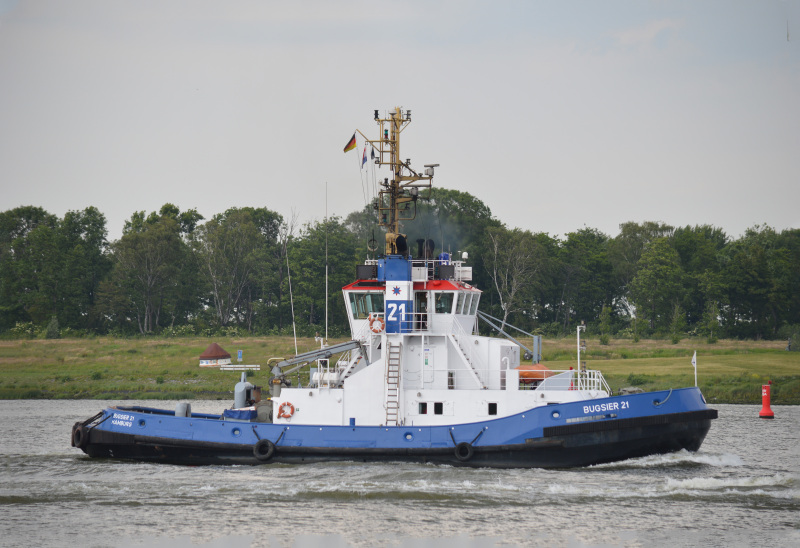
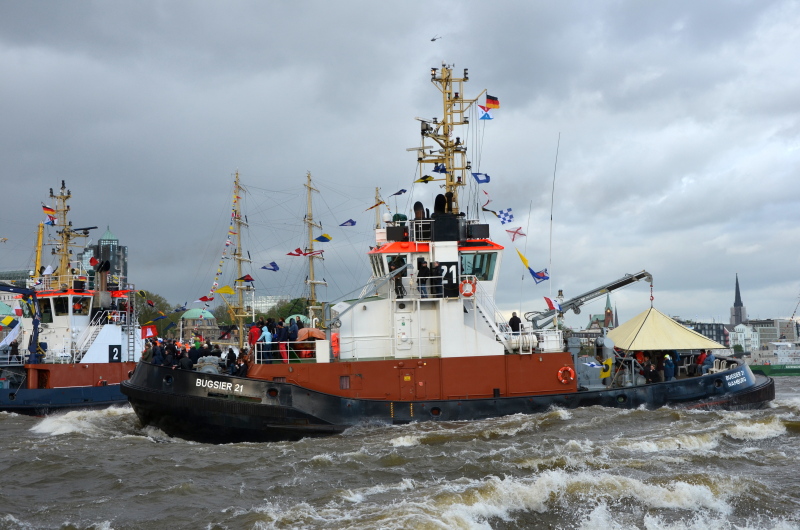


COMMENT THIS PHOTO(15)
This way of towing is like 21 st century with 19th century means, totally backwards and outdated. I remember discussed it often with pilots in Hamburg and they all said the tug captains are very much against to change to the short towing. sounds to like no able to adapt to modern times.
Edit
comment
QTE
The "National Glory" allided with the Kiel Canal locks in Brunsbuettel on Mar 3, 2012, at 3.55 Uhr a.m. The captain had requested tug assistance, but the cable of the tug snapped, causing the ship to run into the wall of the lock, damaging the concrete. The hull of the "National Glory“ was dented and breached.
UNQTE
Edit
comment
Edit
comment
If the tug is clear of the transom as in the photo the tug is lesser likely to bend rails or squash the funnel etc. I tried to use fewer words but I hope you get the drift of what I was trying to say.
All the best Ted
Rgds craif
Edit
comment
Edit
comment
can you explain me where/when a tug on the quarter area can not brake too ? the only disadvantage a short tight line has when a ship goes into locks,,in any other situation it is by far superior over a long towing line. Already when a tug has to pull from hard stb to go back to hard port is on the quarter and also the shoulder fwd withhin seconds,,with a long line it takes a minute,,,when everything can already be too late.
Edit
comment
Edit
comment
The issue is not about what voith can and what not,, you say it by yuorself, in a matter of seconds,, most peoples which capsized would have been lucky if they would have had seconds. And I repeat,,the issue here was not the tug etc,, the issue was the way they use or not use those long tow lines still today in european ports, the only ones where that is still done. That closer you come to the dock the more uselss the tug becomes. I had it oftenb enough you were with off-land wind 15 m away from the berth an the tugs could not pull you further in, next one knew you drifted off from the dock again,, with a tug on the qurter and a short line, no problems at all.
So,, it is not about voith,, it is about the way it is towed. :-))
Edit
comment
In the photo and in a matter of seconds, the master of the tractor could use the full power of her two diesels, steering to port and put his boat on an even keel. But as I said, just read what the peoples at Voith have to say about direct and indirect steering manoeuvers.
Edit
comment
I am now 28 years Master, and I saw this only twice and both times they were lucky that they did not capesize, both time it was with long lines , so I really believe that this is not standard procedure !!! :-))
Or are you really suggesting this is normal ?
The real issue/topic here is not the danger of capesizing but the reason why it looks like it is imminent to happen and that I attribute to the long lines , naturally, tight to ship with short lines this will and can not happen.
Edit
comment
Edit
comment
Edit
comment
Edit
comment
Edit
comment
Edit
comment